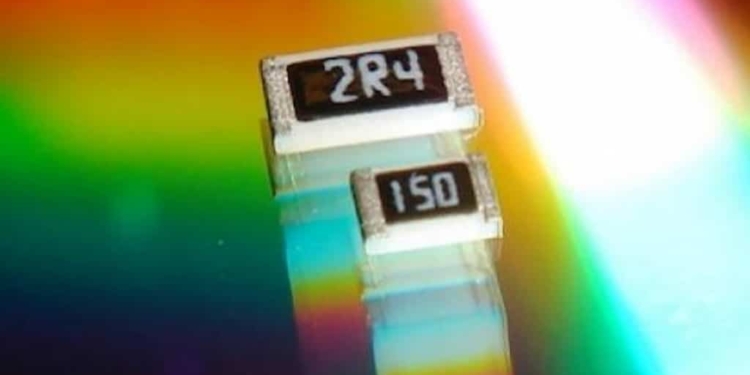source: Stackpole news
Stackpole’s RPC Series is a thick film chip resistor with outstanding pulse power handling capability and defined voltage handling characteristics.
The AEC compliant RPC Series utilizes a unique design and manufacturing process to provide pulse withstanding many times greater than that of standard chip resistors. However, unlike standard chip resistors, the pulse handling is reliable and consistent. In addition to this pulse withstanding performance, because the RPC is a film technology it will always fail open and safely when experiencing overloads beyond the specified capabilities of the part.
This outstanding pulse handling and performance is ideal for a variety of power supply and motor control applications, HVAC controls, LED lighting, communications equipment, and automotive electronics and controls.
Pricing for the RPC Series varies with size, resistance value, and tolerance. Contact Stackpole or one of our franchised distributor partners for specific pricing.































